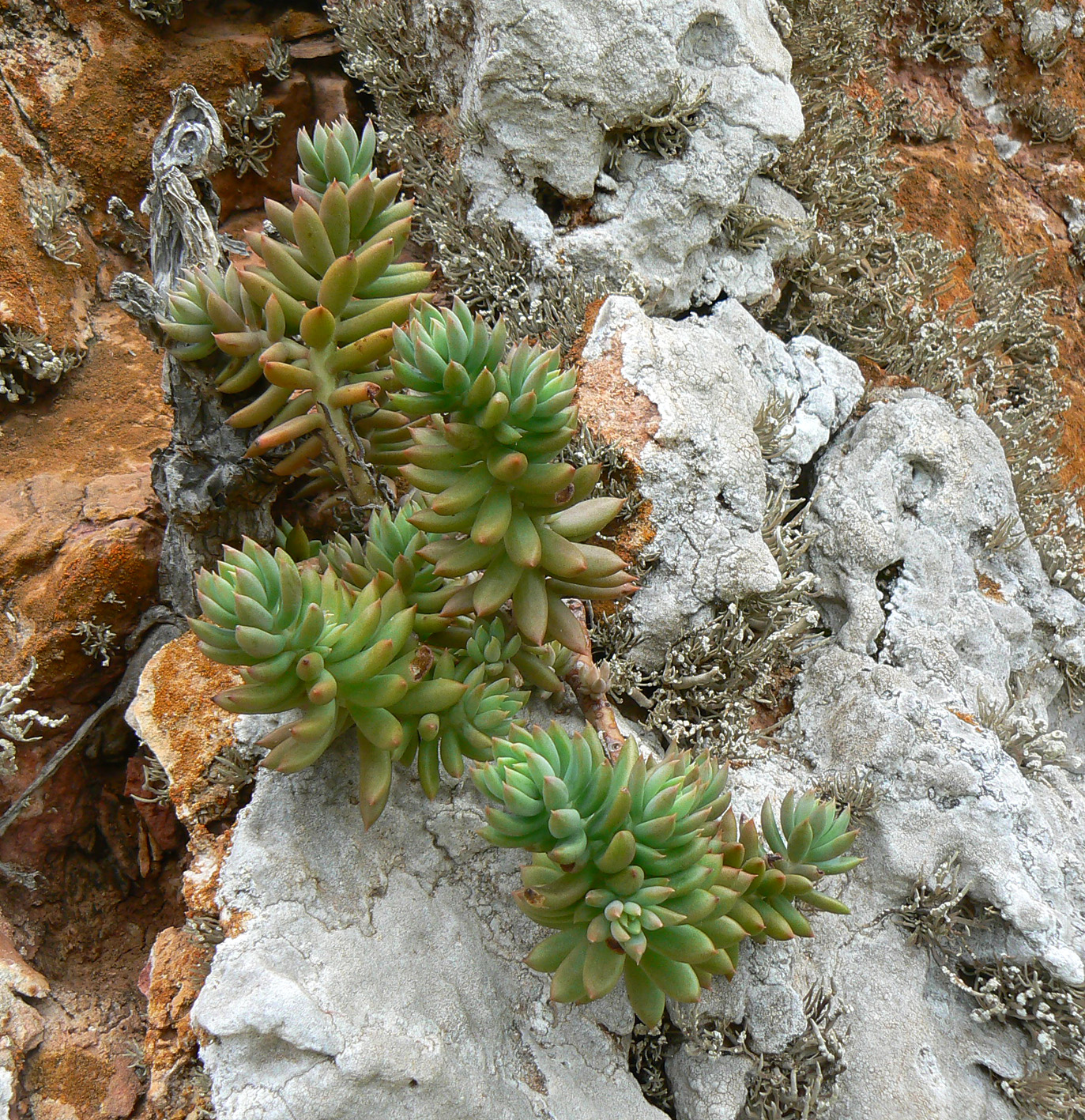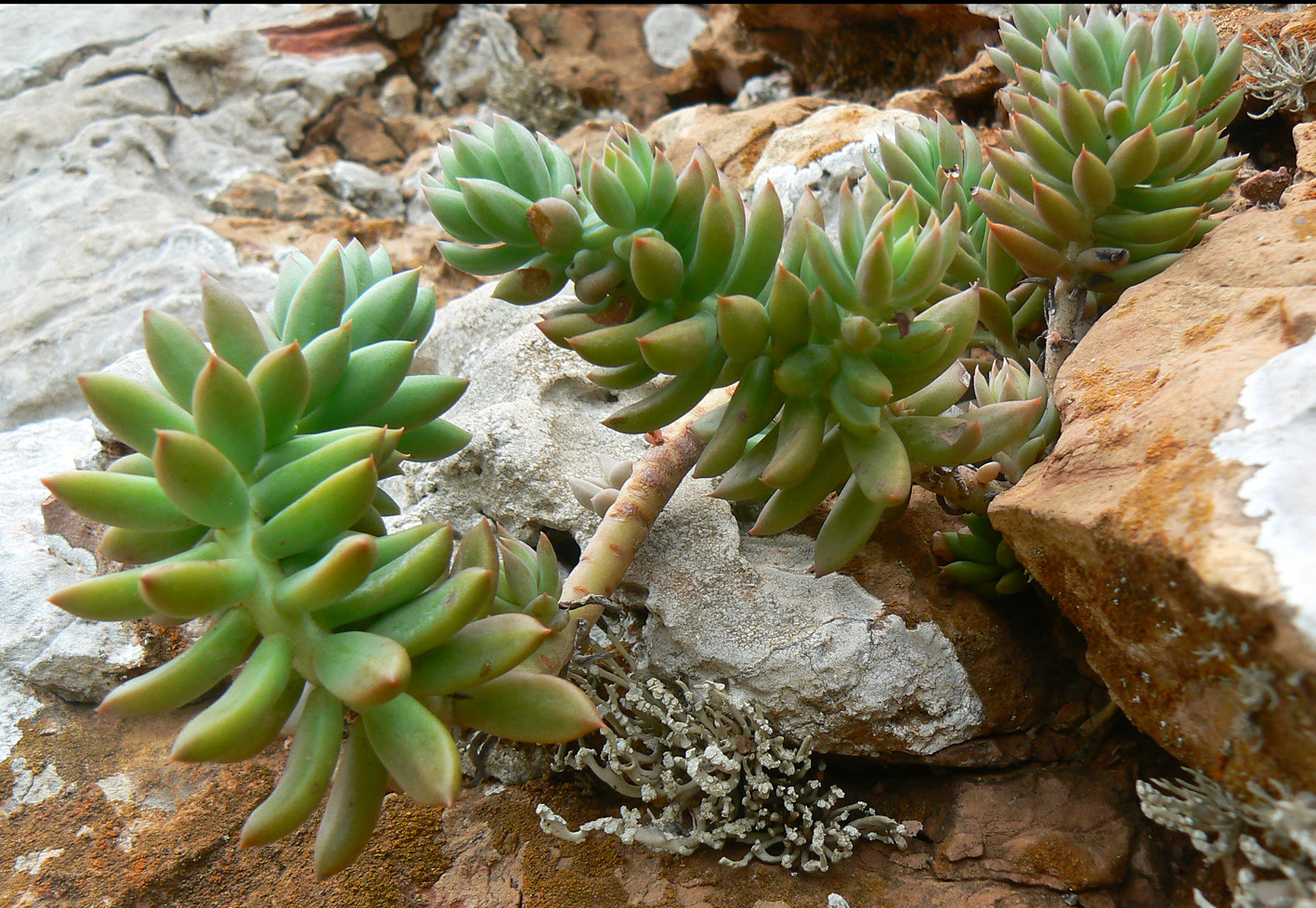Sedum Sediforme
Sedum sediforme, also known as Turquoise Tails sedum, is a breathtaking succulent that is native to South-Western Morocco. With its stunning blue-green foliage and delicate yellow flowers, it's no wonder this plant has become a popular choice for both indoor and outdoor gardening enthusiasts.
Pain Points of Growing Sedum Sediforme
Growing sedum sediforme can come with its own set of challenges. One of the biggest pain points is finding the right soil type. This plant prefers well-draining soil, which can be difficult to achieve in certain climates.
Another pain point is providing the right amount of sunlight. While sedum sediforme thrives in full sun, too much direct sunlight can cause the leaves to burn. Finding the perfect balance between sun and shade is essential for the plant's survival.
The Target of Sedum Sediforme
Sedum sediforme is a target for those who want to add a touch of unique beauty to their gardens. This succulent's distinctive foliage and lovely yellow flowers make it a striking addition to any landscaping project.
Summary of Main Points
In summary, sedum sediforme is a beautiful succulent that requires well-draining soil and a balance of sun and shade. It's a target for those who want to add a unique touch of beauty to their gardens.
Personal Experience with Sedum Sediforme
I first discovered sedum sediforme while browsing through a local garden center. As soon as I saw its stunning blue-green foliage, I knew I had to have it. I purchased a few plants and got to work on finding the perfect spot in my garden.
At first, I struggled to provide the right amount of sunlight. I had to experiment with different areas of my garden to find the perfect balance. Once I found the right spot, the plants thrived and produced beautiful yellow flowers that brought a touch of color to my garden.
One thing I love about sedum sediforme is that it's incredibly low maintenance. I only need to water it once a week, and it doesn't require any fertilizer or extra attention. It's the perfect choice for busy gardeners who want a beautiful plant without the extra work.
Caring for Sedum Sediforme
To care for sedum sediforme, make sure to plant it in well-draining soil. Water it once a week, or when the first inch of soil is dry. Provide it with full sun, but make sure the leaves don't get burnt. Consider adding a layer of mulch around the plant to help retain moisture in the soil.
Propagation of Sedum Sediforme
Sedum sediforme can be easily propagated by stem cuttings. Wait until the plant has finished flowering, then take a cutting from a healthy stem. Let the cutting dry for a few days, then plant it in well-draining soil. Water it regularly until it establishes roots.
Using Sedum Sediforme in Landscaping
Sedum sediforme can be used in a variety of landscaping projects. It works well as a ground cover or in rock gardens. It can also be potted and placed on a sunny windowsill or outdoor patio. Its striking foliage and lovely flowers make it a versatile and beautiful addition to any design.
Question and Answer
1. How often should I water my sedum sediforme?
You should water your sedum sediforme once a week, or when the first inch of soil is dry.
2. Can sedum sediforme be grown indoors?
Yes, sedum sediforme can be grown indoors as long as it has access to plenty of sun.
3. What soil type does sedum sediforme prefer?
Sedum sediforme prefers well-draining soil.
4. How can I propagate sedum sediforme?
Sedum sediforme can be propagated by stem cuttings. Wait until the plant has finished flowering, then take a cutting from a healthy stem. Let the cutting dry for a few days, then plant it in well-draining soil.
Conclusion of Sedum Sediforme
Sedum sediforme is a beautiful succulent that adds a unique touch of beauty to any garden or landscaping project. With its eye-catching blue-green foliage and lovely yellow flowers, it's no wonder this plant has become a popular choice for both indoor and outdoor gardening enthusiasts. Keep in mind that well-draining soil and the right amount of sun and shade are essential for the plant's survival. With a little care and attention, your sedum sediforme will thrive and continue to bring beauty to your space for years to come.
Gallery
Sedum Sediforme - Plant Biodiversity Of South-Western Morocco

Photo Credit by: bing.com / sedum 1125 px ko
Sedum Sediforme | Succulent Fun

Photo Credit by: bing.com / sedum sediforme
Turquoise Tails Sedum Is Sedum Sediforme

Photo Credit by: bing.com / sedum tails turquoise
Sedum Sediforme - Plant Biodiversity Of South-Western Morocco

Photo Credit by: bing.com / sedum ko px
Sedum Sediforme Foliage – Photo: Pat Hayward (Plant Select)
Photo Credit by: bing.com / sedum plant select pat hayward foliage springer lauren tagawa